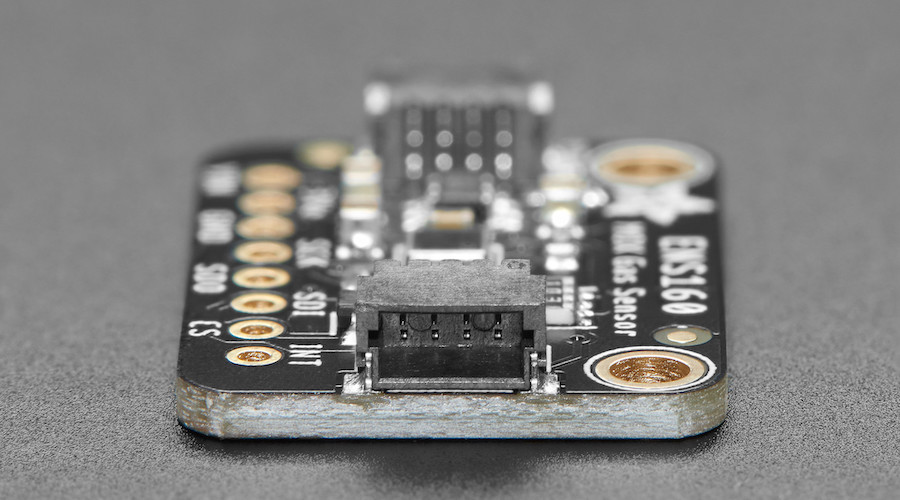Next-gen gas sensor technology proposed for industrial, medical settings

Researchers at South Korea’s Incheon National University and Jeonbuk National University are proposing an innovative approach for creating organic-inorganic hybrid gas sensors which have shown to be durable, selective, and highly sensitive.
In a paper published in the Chemical Engineering Journal, the scientists point out that harmful gases, such as nitrogen dioxide, are commonplace in industrial settings.
NO2 inhalation can lead to serious respiratory diseases like asthma and bronchitis, and severely compromise the health of industrial workers. Constant monitoring is thus needed to ensure a safe workplace.
To help with this, many types of selective gas sensors have been developed using different organic and inorganic materials. Some of them, such as gas chromatography sensors or electrochemical gas sensors, are highly sophisticated, yet expensive and bulky. On the other hand, resistive and capacitive sensors based on semiconductors seem to be a promising alternative, with organic semiconductor (OSC) gas sensors representing a low-cost and flexible option. Nonetheless, these gas sensors still face some performance issues, including low sensitivity and poor stability for sensor applications.
Next-gen sensors
Against this backdrop, the Incheon team led by Yeong Don Park set out to find innovative strategies to take OSC NO2 sensor technology to the next level.
To this end, the team proposed a hybrid organic-inorganic gas sensor design based on the combination of a conductive organic polymer and perovskite nanocrystals. They incorporated a CsPbBr3 perovskite into a conductive polymer matrix to enhance its gas sensing performance while maintaining sensing speed. They further modified the surface of the perovskite nanocrystals with zwitterionic polymer ligands. Once hydrated, these ligands greatly improved the affinity of the sensor for NO2 gas molecules, thus resulting in improved absorption.
Further experiments revealed that the proposed design outperformed conventional sensors in terms of chemical sensitivity to NO2. Moreover, their system was highly resistant to oxidation, thanks to the protective action of the perovskite nanocrystals. Thus, it could withstand storage in ambient conditions for several weeks, showcasing impressive durability and higher potential for long-term installation.
“Our findings suggest a new approach for the development and design of gas sensors based on various material composites to achieve both superior sensitivity and selectivity,” Park said.
Given that OSCs can be designed to be flexible, lightweight, and relatively inexpensive when mass-produced, they could pave the way to the widespread adoption of gas sensors in various contexts.
“Beyond specific settings like industrial sites, OSC gas sensors could enable individuals to readily access information about air pollution levels through commonplace devices like smartwatches,” Park said. “Moreover, these sensors have the potential to advance diagnostic technology by facilitating the early detection of medical conditions. Therefore, it has potential not only for industrial safety but also in the realms of food safety, chemical substance monitoring, and medical diagnosis.”
More News
Lower silver demand and higher supply to reduce global deficit by 21% in 2025
Silver faces fifth year of structural market deficit.
April 16, 2025 | 06:35 am
{{ commodity.name }}
{{ post.title }}
{{ post.date }}




Comments